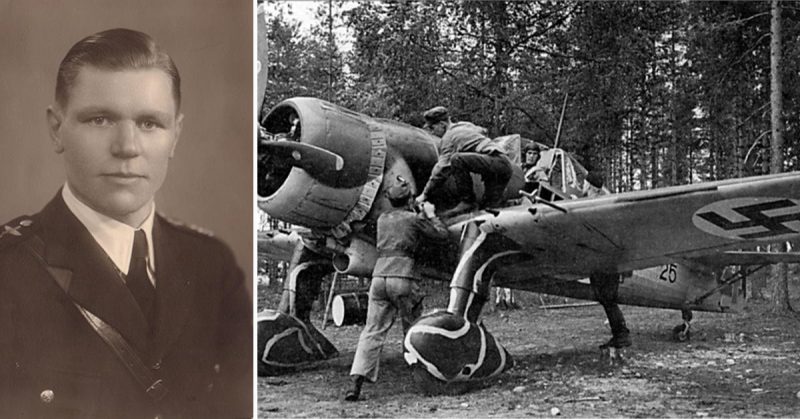The 1930’s and 40’s would see a great deal of larger nations preying on the small, but don’t make the mistake to automatically equate small with weak. When the Soviet Union invaded Finland in 1939, they banked on their superior and overwhelming odds to bring about a swift victory.
What they didn’t bank on were men like Finnish ace Jorma Sarvanto, who would score 17 air to air kills against the Russians. Despite being outnumbered 9 to 1 in the air and 3 to 1 on the ground, the Finnish forces would fight the Soviets to a grueling halt with men like Sarvanto at the helm. In one particular engagement, Sarvanto would shoot down six aircraft in one quick sequence earning him global fame and a feared reputation among the Soviets.
The Winter War
Jorma Sarvanto was born in Turku Finland in 1912. Upon graduating high school in 1933, he would join the Finnish army with an infantry unit. However, when the call went out for pilots, he applied and was accepted to the Finnish Air Force. Completing all of his training in 1937, Sarvanto would serve as a professional officer in the Finnish Air Force as the seeds of war were being planted in Europe.
While Nazi Germany might get all the press for taking over chunks of Europe during the 20th century, it is worth noting that Soviet Russia wasn’t exactly behaving cordially with their neighbors.
And when Joseph Stalin decided they needed a little breathing room, he didn’t hesitate to request that Finland hand over the territory or else. Unafraid of a fight, Finland took the latter, and the Soviet Union invaded Finland on November 30th, 1939.
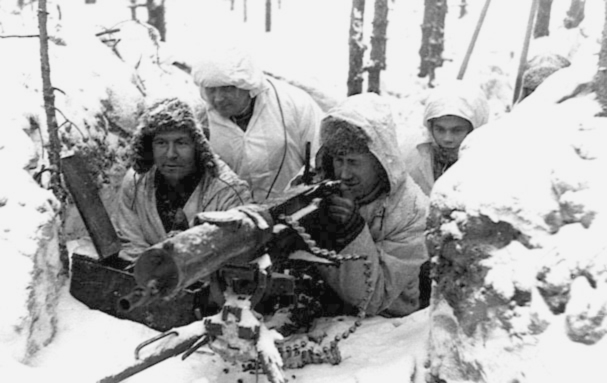
The Soviet Union attacked with overwhelming odds much to the dismay of the international community. The soon to be defunct League of Nations viewed the attack as illegal and kicked the Soviet Union out of the league in December of 1939.
Even though the Soviet Union possessed much larger forces, their military was still reeling from Joseph Stalin’s Great Purge of 1937. As many as 30,000 experienced officers were executed and imprisoned resulting in a gutted military with low morale. And unlike the Soviet Union’s earlier invasion of Poland, the Fins would prove a much more formidable foe.
A Little Winter Dogfighting
With a force of only 36 Fokker D.XXI’s and 10 Bristol Bulldog IVA biplane fighters, to say that Finland was outnumbered against the 900 aircraft that the Soviet Union committed to the war is an understatement. Sarvanto would pilot the Fokker as the tiny Finish Air Force withstood the Soviet onslaught for months.
The primary target of Sarvanto would be to go after the Soviet bombers raining down destruction on Finnish Ground Forces. The Soviets would primarily send in the Tupolev SB-2 and the Ilyushin DB-3. Both bombers had good speed but were lightly armed to defend against an attack with just two light machine guns in the rear and one on the front.
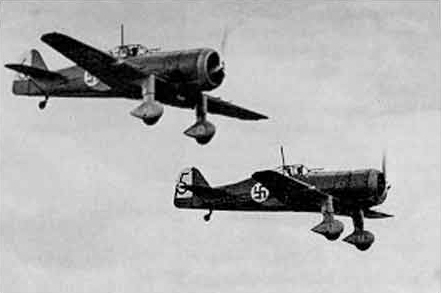
As a result, Sarvanto and the Finnish Air Force utilized tactics that would take the Fokker fighters within 100 yards of the bombers to maximize the impact of their firepower. Taking out the single rear gunner first, they would then aggressively go after the engine and fuel tanks.
The results on the Soviet Air Force was devastating. Finnish fighters would claim over 200 kills with Sarvanto becoming their chief ace. Before the Winter War was over, he would score 13 kills, 6 of which occurred in one battle. Sarvanto would gain worldwide attention for his aerial fighting and become a source of inspiration for the Finnish defense.
And while the Finnish military put up a noble defense, the Soviet numbers would prove too much. The war ended in March of 1940 after three months of heavy fighting. The Soviets would use this victory to claim even more land than they had originally insisted upon.
The Finnish people wouldn’t forget what they had lost at the hand of the Soviet Union which would eventually put them in a precarious alliance with Germany.
The Continuation War
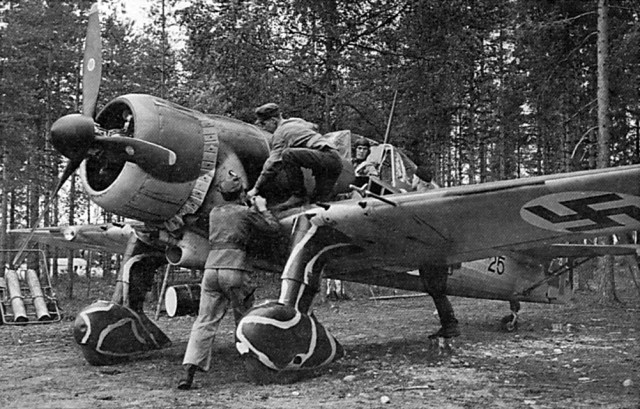
In June of 1941, hostilities would again break out with the Soviet Union as Germany launched their own invasion. The Fins would refer to this war as the Continuation War as they saw it, but an extension of the previous fighting to reclaim lost land.
This time, they would be aided by German resources and the struggle would go on until 1944. During this Continuation War, Sarvanto would score four more air to air kills leaving him with a total of 17 when it was all said and done.
Sarvanto would go on to remain in the military after World War 2 as he served in various staff and training positions. He would resign from the Military in 1960 at the rank of Lieutenant Colonel and ultimately passed away three years later in 1963.
The Winter War and subsequent Continuation War would have a lasting effect on Finnish perception of the Soviet Union. They never quite forgot the time the Soviets came barreling in, but due in part to the fighting spirit of men like Sarvanto, the Soviets never forgot it either.
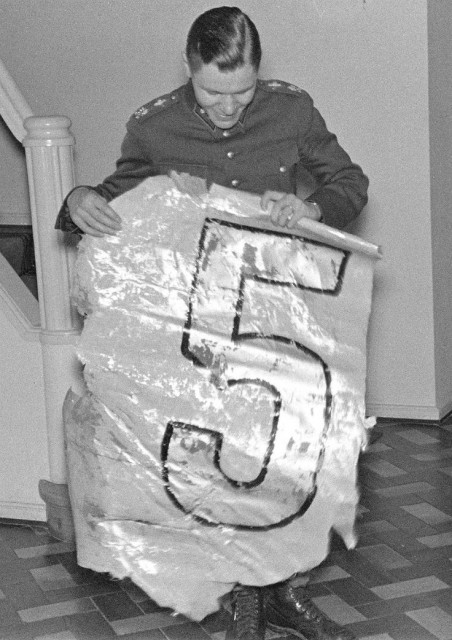
This Finnish Ace proved that despite overwhelming odds in the face of a determined enemy, a smaller and weaker nation could put up a serious fight when their backs are up against the wall. What the Soviets thought would be a two-week affair turned into a three-month-long struggle.
It is reported that the Soviet Union had original plans to conquer all of Finland and set up a shadow government but abandoned those plans when they saw the price they paid during these three months. For if there were any more Jorma Sarvanto’s flying around the rest of Finland, there might not be a Soviet Air Force left to talk about it.
Despite what one might think of the politics and military alliances of that era, one simply can’t deny fighting the spirit of Finland’s Fighting Ace.
